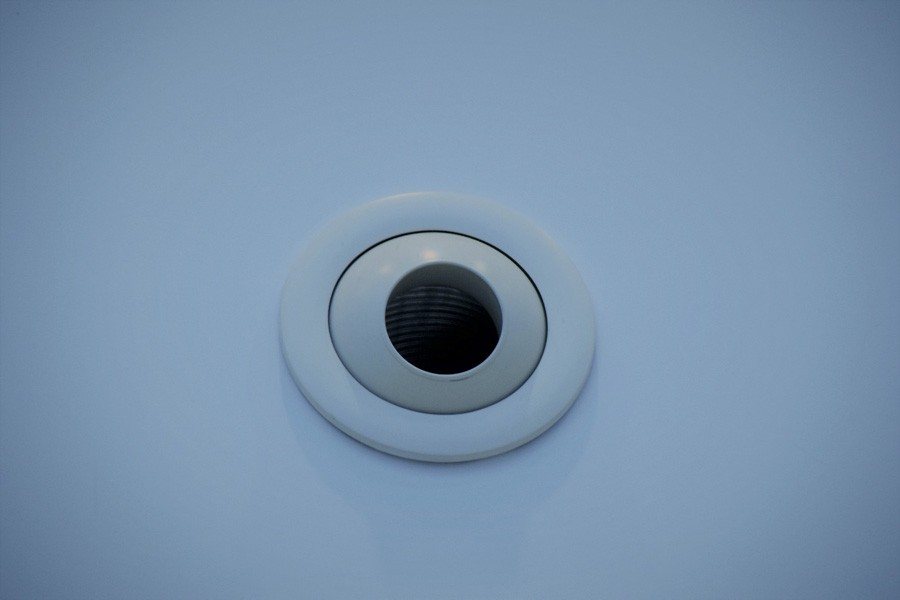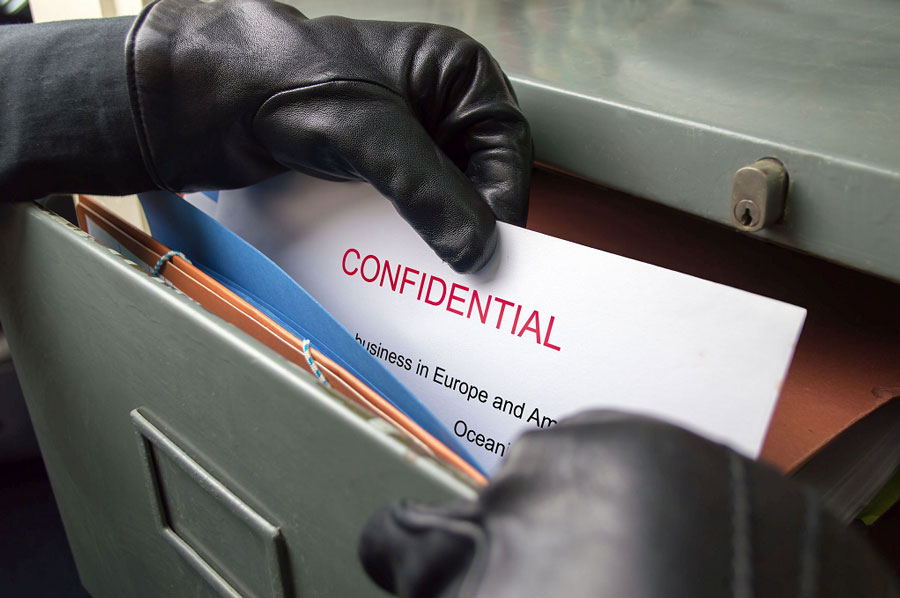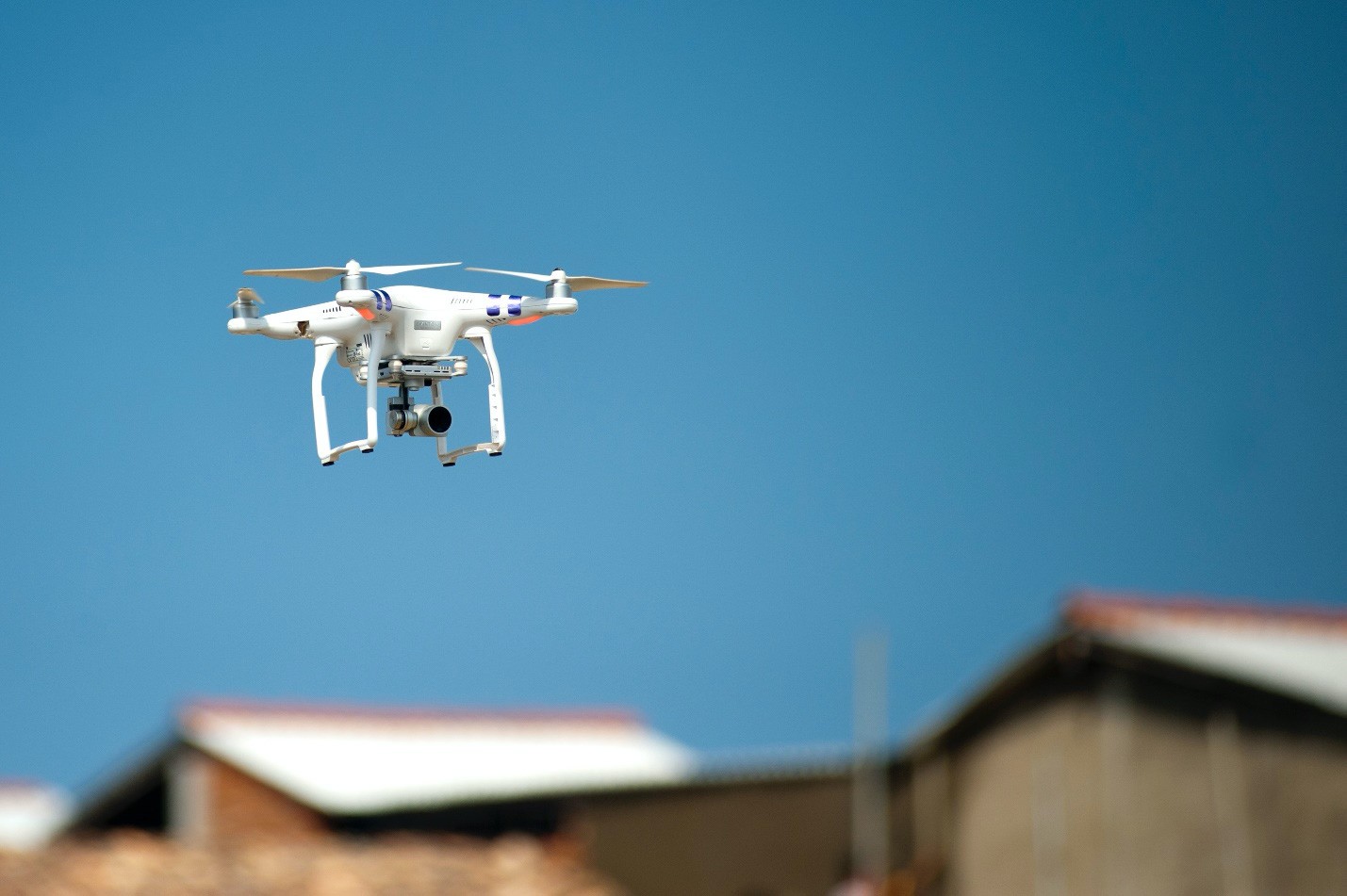How to Stay Safe from Electronic Bugs and Cameras

For the most part, technology has changed the world for the better. Back in the day, cameras weren’t only expensive, but considerably inconvenient to carry and move around with due to their size. Fast forward to the 2020s, your handheld phone is equipped with a camera, torch, music player, and a myriad of useful applications. However, with cameras and other devices getting smaller, it also leads to security concerns, as anyone with high level technical skills can hack into your smartphone or install mini spy cameras to eavesdrop on you through Wi-Fi signals.
Are you worried that your ex-partner is spying on you and they get to know about your location through a GPS tracker?
Or do you get suspicious of hidden cameras when you stay in a hotel room during business travel?
Maybe you are suspicious of business rivals hearing about your confidential business plans and infiltrating your organization through bugs?
Then it’s best to hire a private investigator with the technical skills and expertise to assist with a bug sweep. A professional bug sweeping service can help to locate and identify potential electronic bugs and hidden cameras to protect your privacy.
Scan the Premises
When you’re suspicious of someone spying on you, it is important to conduct a scan of your premises. Whether it’s your home or workspace, a thorough search may identify hidden bugs such as spy cameras and mics.
These devices can be hidden under tables, shelves, or table lamps. Nowadays, individuals can easily obtain covert devices that look like light bulbs, smoke detectors, and power outlets to monitor your activity. Stuffed animals and wall decoration items may also be used to hide spying devices.
Aside from carefully looking for such devices, you can also locate hidden cameras through their distinct sound. Turn off your electronic device within the premises and listen for any unusual humming or buzzing sounds. Some spying cameras create a slight clicking sound through which you can determine their presence.
Check Wi-Fi Network
Modern-day spy cameras transmit audio and video through a Wi-Fi network. Hence you should check your network to get information about connected devices. You may notice your phone, laptop, TV, and other devices, but the presence of an unknown device may indicate a spy device is installed.
Your Phone Can be of Assistance
Your phone can assist you in locating hidden electronic devices in three ways. First, you should turn off the lights in the room and turn on the smartphone flashlight to scan the room. Since camera lenses tend to reflect light, you can notice them if you have a good eye for detail.
Secondly, you should make a phone call and walk around. If you notice any interference in signals during the call when you move to a certain spot, then it may indicate a spy camera.
Lastly, there are a few bug detector apps that can prove valuable in this regard.
• Fing – It’s a network IP scanner app through which you can find out if an unknown device is connected to your network
• Detectify – It points to hidden devices based on magnetic field calculations
• Hidden Camera Detector – It can detect hidden cameras as well as ensuring that your phone and laptop aren’t infected with spyware software

Look for Night Vision Cameras
Night vision spy cameras use infrared technology to view the premises when it’s dark. Although this infrared light is invisible to the naked eye, you can see it with the help of the camera on your phone.
All you need to do is to turn on the front camera on your phone. However, you can also use the primary back camera as long as it doesn’t block infrared rays. Then, point the camera in all directions, particularly towards the ceiling, vents, ducts, and outlets where someone can hide a camera or mic.
Detect Radio Frequency Signals
Another effective way to locate hidden cameras, bugs, and GPS trackers is to detect radio frequency signals with the help of an RF detector. These devices can be quite expensive but professional private investigators possess RF detectors due to their accuracy.
Before you intend to use a radio frequency detector, it’s recommended to turn off your laptop, phone, routers, and other electronic devices to mitigate the risk of receiving false-positive alerts.
When scanning a room, move around with the RF detector and listen for a beeping sound. The beep gets louder as you move closer to the target which makes it easier to find bugs and hidden cameras.
Be Cautious of Hackers
Aside from bugs and hidden cameras, someone can spy on you by infecting your smartphone or computer with spyware. As a result, they gain unauthorized access to your email accounts as well as digital bank accounts. Moreover, they can monitor your online activity by accessing your social media accounts and may attempt to hack the camera of your phone through spyware.
Therefore, it’s crucial to take precautionary measures to stay safe online and protect your privacy. For this purpose, make sure you install effective anti-malware tools that can prevent potential malware attacks. However, if someone has already hacked into your online accounts, it’s best to consult cybersecurity professionals who can help you restore your system and online accounts.
Conclusion
Bug sweeping assists in determining whether or not someone is spying on you. If a bug sweep does not find any hidden devices, it can provide you with peace of mind. However, if you end up locating hidden devices, then you should take appropriate action to prevent such events occurring in the future.
Make sure you photograph the installed device before removing it. You should unplug it if it’s a wired device and cover it up so it can’t transmit audio-visual signals. Don’t forget to contact local authorities to report illegal and unconsented surveillance.
Click here to learn more about the bug sweeping process.






















